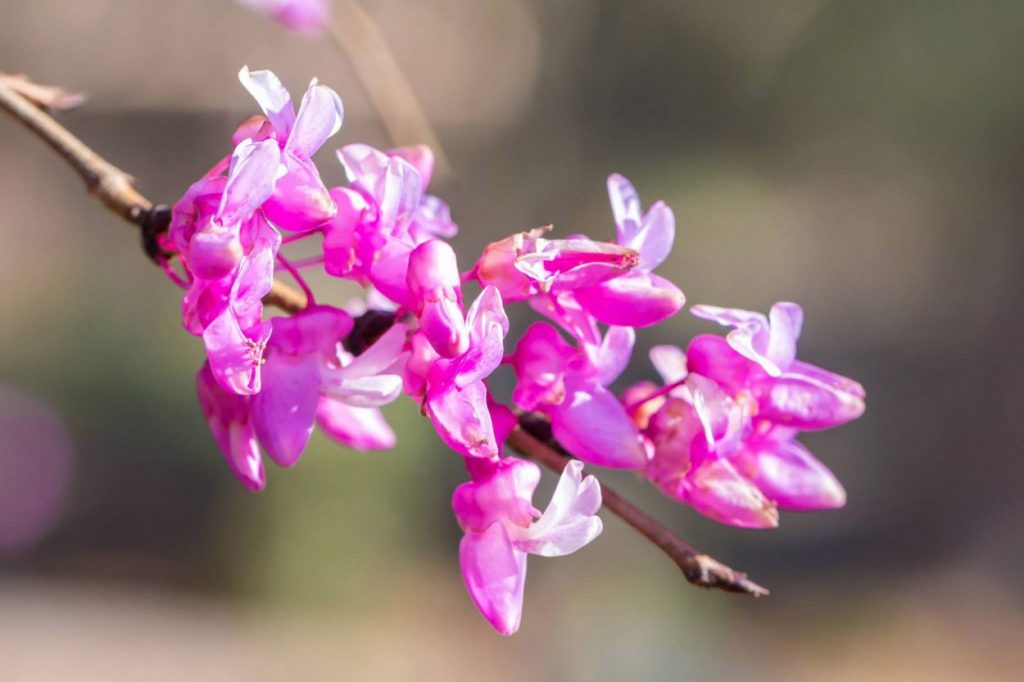Preparing for Spring Planting
The 90 days of winter can seem like an eternity to gardeners. Fortunately, this season of dormancy and cold is drawing to a close. Nature is preparing for the advent of spring — we are already seeing swelling buds, shooting sprouts and greening grass.
So how should the gardener prepare?
Step by Step
Clean up, the first task is not very exciting but it allows the gardener to get back outside and usually provides quick results. Fallen tree limbs require removal and mulch beds beg for attention. If you typically remove leaves from your beds this would be the time to do it, but you can also leave the extra organic matter to improve your soil. Now’s also the best time to see the “bones” of the landscape underlying structure, before the infill of new leaves. For future reference, take photos and make detailed notes about areas in need of future improvement.
Lawn and Garden
The grass may appear winter-weary and the garden may seem lifeless, but think twice before immediately responding with fertilizers and chemicals. Richard Nunnally, host of Virginia Home Grown encourages conscientious gardening with an awareness of long-term impacts.
“As gardeners, we obviously love the environment and need to do everything we can to ensure we’re not contributing [unnecessary] nitrogen and phosphorus into the environment.” Before resorting to chemical additives, he suggests analysis to verify what your lawn and garden really need.
• Soil test – Inexpensive tests are available through your local Extension Service, which they will mail to you upon request. If you live in the Henricopolis Soil and Water District you can also get a voucher (up to two per year) that will make your soil test free. If you live in the Henricopolis Soil and Water Conservation District you can email [email protected] to inquire about a voucher to make the soil test free. But even if you pay full price the soil test is an investment of $10 or less. By verifying the level of nutrients and pH, the gardener replaces guesswork with objective guidelines.
• Integrated Pest Management (IPM) – Pests will come, so be prepared. There are numerous solutions besides just chemicals, so research and plan use of mechanical, cultural or biological options.
• Water management – Too much water is as detrimental as too little. Excess water damages plants and often forms runoff that leaches soil nutrients and/or creates erosion. One solution is the addition of organic material that amends the soil for proper water flow. Another is a periodic resetting of your water sprinkler’s automatic timer to prevent overwatering.
Nunnally summarizes that “the right plant for the right place” remains the best overall advice.
On to Planting Spring Plants
Sandy McDougle, the owner of Sandy’s Plants, agrees wholeheartedly that gardeners need to take more time in matching spring plants with their growing conditions.
“Plant performance is affected by the soil, light, heat, humidity and the plant’s resistance to bugs and fungal problems. When you secure the correct plant for the conditions specific to your site, you can expect to enjoy years of beauty in your garden.”
McDougle shares these industry trends:
• More compact sizes – Though some of the new offerings remain compact over time, they still produce the same size flower heads. This ensures a more effective “color punch” while lessening the need for staking or eventual transplanting. Compact plants are ideal for today’s smaller gardens and container plantings.
• More eye-catching colors – Gardeners (and florists!) are welcoming the newly introduced designer colors, some with distinctive combinations. Perennials and other spring plants are now available in almost any hue – with flowers colored blush, apricot, brilliant orange and even grass green.
• More prolific blooming – The theory “more bang for the buck” adequately describes the goal of increasing not only the number of blooms, but also the time period of blooming.
• More drought- and disease-resistant – Today’s hardier varieties ease the gardener’s worries and reduce related labor. High-performance plants also lessen the need for fertilizers and chemicals that may have a detrimental environmental impact.
Though this professional grower encourages consideration of the new and the different, McDougle reminds gardeners to “always stick with the more hardy low maintenance perennials. They’re less hassle and more likely to thrive.”
Choosing a Healthy Tree or Shrub
Whether replacing a dead plant or expanding the landscape with new ones, select trees and shrubs with confidence. Remember these selection tips.
• Trunk – Avoid the tendency to pick the tallest plant. Initial height doesn’t guarantee good form in the long term. The dominant trunk should grow from the center of the container and appear undamaged.
• Branches and form – Verify that every branch is alive and without die-back at the tips. Envision the plant or tree’s mature shape to determine whether the branches’ growth patterns are following that natural form.
